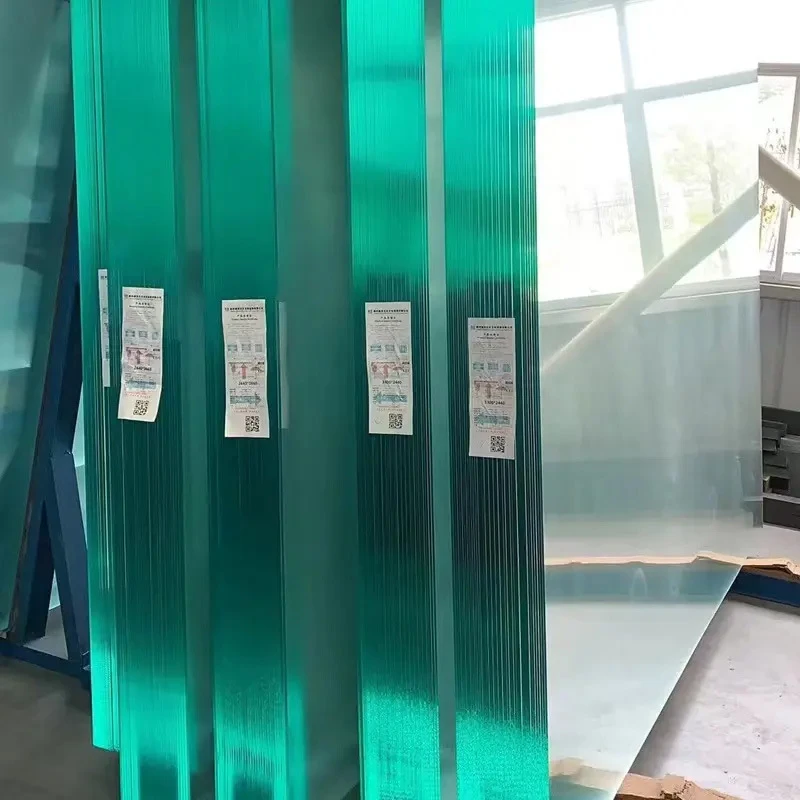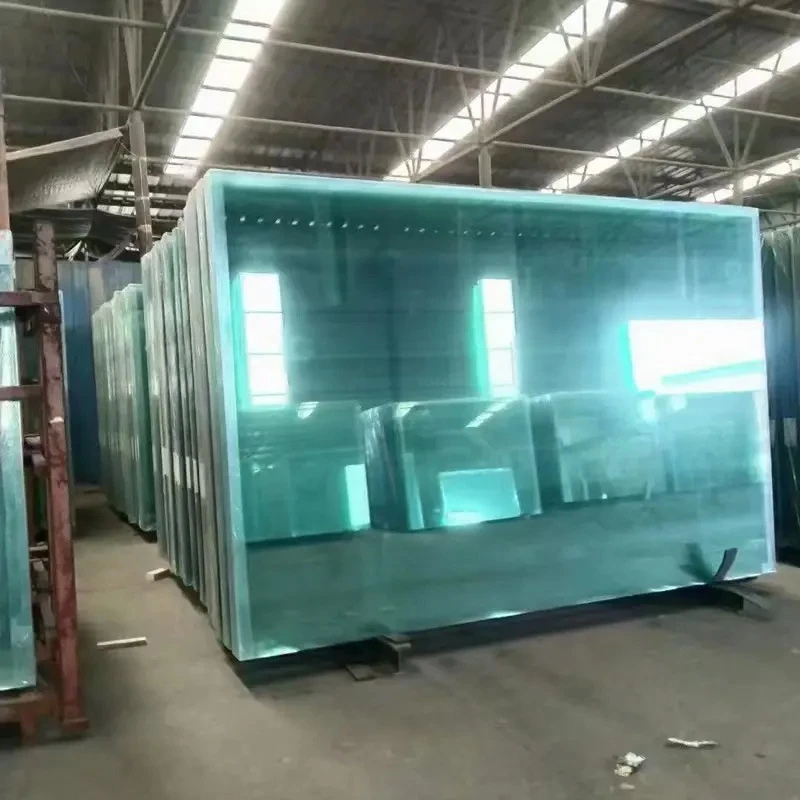The allure of a tempered glass roof lies not only in its sleek aesthetic appeal but also in its functional advantages. This architectural marvel continues to gain popularity in both residential and commercial construction, surpassing traditional roofing materials by offering a blend of durability, light optimization, and energy efficiency.

Tempered glass, known for its exceptional strength and safety features, undergoes a heat treatment process that significantly enhances its resilience. This makes it approximately four to five times stronger than regular glass, an aspect particularly vital for roofs that endure fluctuating weather conditions. Under expert installation, this type of glass can not only withstand heavy snow loads and impacts from falling debris but also resist high levels of thermal stress. This ensures longevity and reduces the frequency of maintenance, providing long-term cost-effectiveness for homeowners and builders.
Beyond robustness, tempered glass roofs offer superior light transmission compared to traditional roofing materials. A tempered glass roof channels natural light into spaces, significantly reducing reliance on artificial lighting during daytime.
This feature is not merely an aesthetic advantage; it contributes substantially to energy conservation. By maximizing daylight exposure, occupants can experience enhanced mood and productivity—an important consideration in workspace design and modern residential living.

In terms of energy efficiency, an expertly installed tempered glass roof can contribute to substantial energy savings. With strategic placement and design, tempered glass panes can incorporate features like low-emissivity coatings, which help in managing heat gain and loss. This can result in reduced heating and cooling costs, offering homeowners a sustainable, eco-friendly living option that aligns with global energy-saving goals.
Furthermore, the modern innovation of integrating photovoltaics with tempered glass roofs is quickly becoming a key trend. These photovoltaic glass roofs allow structures to harness solar energy efficiently while maintaining transparency and aesthetic value. The merging of solar technology with tempered glass expands the possibilities of sustainable energy solutions, making it an investment not only in style but also in future energy savings.
tempered glass roof
The authority of tempered glass roofs in the market is backed by extensive research and adherence to international safety standards. Reputable manufacturers and suppliers provide certifications that guarantee the safety and durability of the glass, ensuring it meets stringent safety regulations. This trustworthiness is crucial for consumers, who can rely on the authenticity and quality of the product they choose.
Expert installation and professional consultation are imperative to maximizing the benefits of a tempered glass roof. Collaborating closely with architects and engineers who possess specialized knowledge in glass construction ensures a seamless integration of the glass roof with existing architectural designs. Professional insights during the design phase help in addressing potential challenges such as insulation needs, structural support, and local climate considerations, ensuring the glass roof delivers both function and flair.
Real-life testimonials from homeowners who have embraced the transition to tempered glass roofs frequently highlight not only the boost in property value but also the enhanced quality of living. These roofs have transformed previously dark and uninspiring spaces into vibrant areas filled with natural light, improving overall ambiance and comfort within the home.
In conclusion, opting for a tempered glass roof is not merely a design decision but a strategic investment in long-term property improvement. Its combination of strength, safety, energy efficiency, and modern aesthetics position it as a superior choice for forward-thinking homeowners and developers. Embracing this innovation can significantly enhance the living experience while aligning with sustainable practices, making it an intelligent choice in contemporary architecture.
 Afrikaans
Afrikaans  Albanian
Albanian  Amharic
Amharic  Arabic
Arabic  Armenian
Armenian  Azerbaijani
Azerbaijani  Basque
Basque  Belarusian
Belarusian  Bengali
Bengali  Bosnian
Bosnian  Bulgarian
Bulgarian  Catalan
Catalan  Cebuano
Cebuano  Corsican
Corsican  Croatian
Croatian  Czech
Czech  Danish
Danish  Dutch
Dutch  English
English  Esperanto
Esperanto  Estonian
Estonian  Finnish
Finnish  French
French  Frisian
Frisian  Galician
Galician  Georgian
Georgian  German
German  Greek
Greek  Gujarati
Gujarati  Haitian Creole
Haitian Creole  hausa
hausa  hawaiian
hawaiian  Hebrew
Hebrew  Hindi
Hindi  Miao
Miao  Hungarian
Hungarian  Icelandic
Icelandic  igbo
igbo  Indonesian
Indonesian  irish
irish  Italian
Italian  Japanese
Japanese  Javanese
Javanese  Kannada
Kannada  kazakh
kazakh  Khmer
Khmer  Rwandese
Rwandese  Korean
Korean  Kurdish
Kurdish  Kyrgyz
Kyrgyz  Lao
Lao  Latin
Latin  Latvian
Latvian  Lithuanian
Lithuanian  Luxembourgish
Luxembourgish  Macedonian
Macedonian  Malgashi
Malgashi  Malay
Malay  Malayalam
Malayalam  Maltese
Maltese  Maori
Maori  Marathi
Marathi  Mongolian
Mongolian  Myanmar
Myanmar  Nepali
Nepali  Norwegian
Norwegian  Norwegian
Norwegian  Occitan
Occitan  Pashto
Pashto  Persian
Persian  Polish
Polish  Portuguese
Portuguese  Punjabi
Punjabi  Romanian
Romanian  Russian
Russian  Samoan
Samoan  Scottish Gaelic
Scottish Gaelic  Serbian
Serbian  Sesotho
Sesotho  Shona
Shona  Sindhi
Sindhi  Sinhala
Sinhala  Slovak
Slovak  Slovenian
Slovenian  Somali
Somali  Spanish
Spanish  Sundanese
Sundanese  Swahili
Swahili  Swedish
Swedish  Tagalog
Tagalog  Tajik
Tajik  Tamil
Tamil  Tatar
Tatar  Telugu
Telugu  Thai
Thai  Turkish
Turkish  Turkmen
Turkmen  Ukrainian
Ukrainian  Urdu
Urdu  Uighur
Uighur  Uzbek
Uzbek  Vietnamese
Vietnamese  Welsh
Welsh  Bantu
Bantu  Yiddish
Yiddish  Yoruba
Yoruba  Zulu
Zulu 


